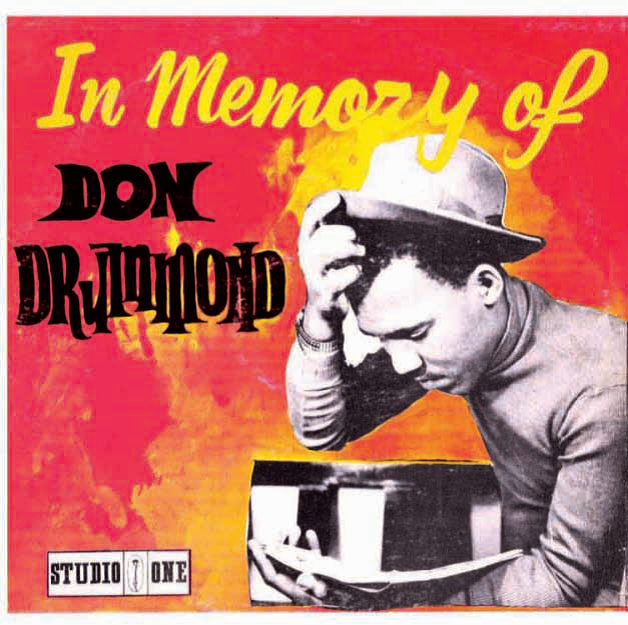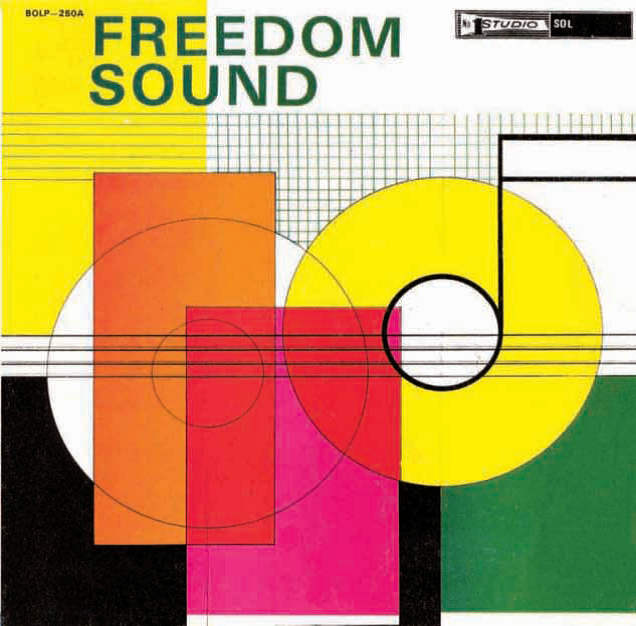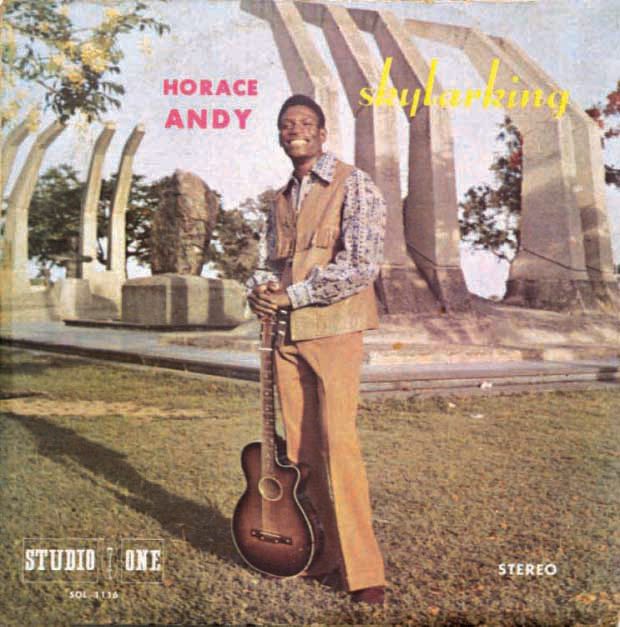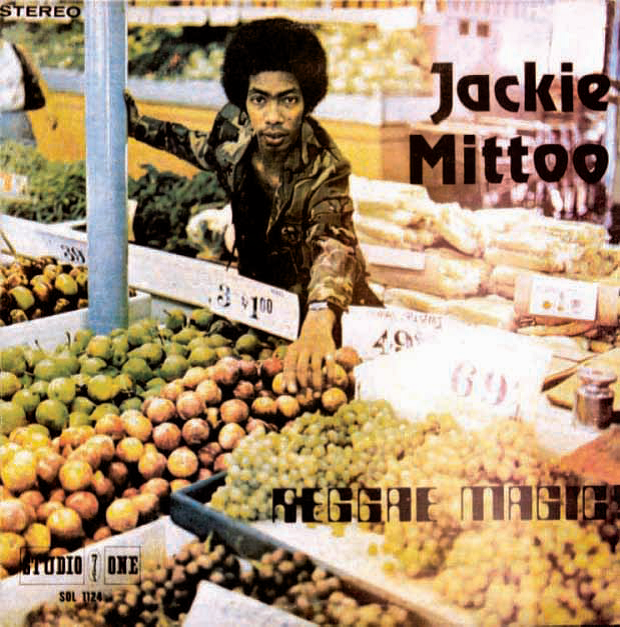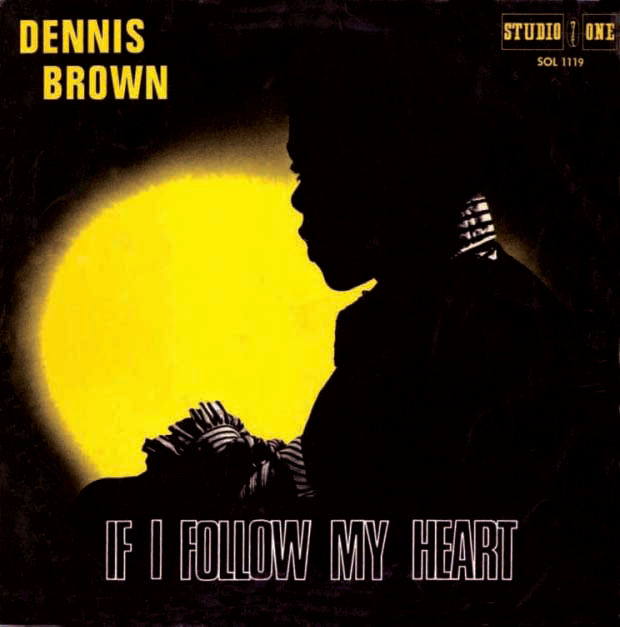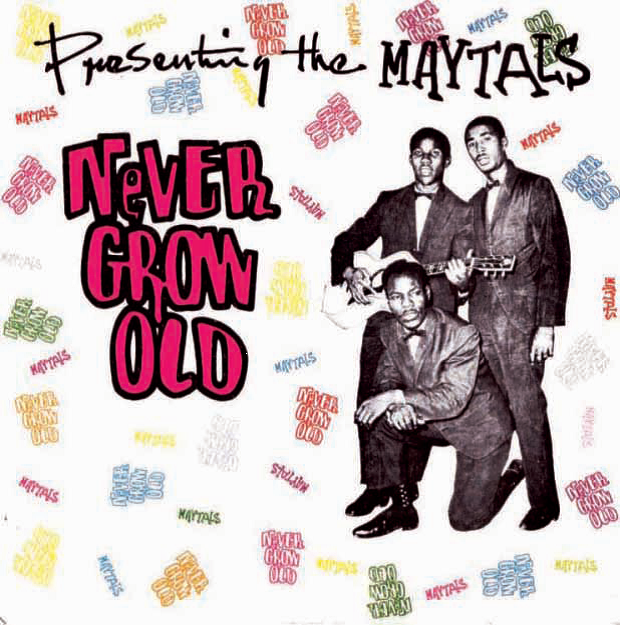If someone was currently looking for a gateway into the relatively overwhelming world of reggae (and by reggae I mean the majority of Jamaican popular music recorded between 1959 and the present day which includes such genres as dancehall, ska, dub and lovers rock; and not just the progression of rocksteady) then they couldn’t really do much better than starting with the Soul Jazz label. A lot of the Trojan box sets (especially those dealing with ska, rocksteady and dub) are essential cornerstones of any collection and no home should be without the Reggae Sisters set. My own introduction to dancehall was via several cheap Greensleeves compilations and there are many labels that have reissued essential albums such as The Congos’ Heart Of The Congos which came out on Mick Hucknall’s excellent Blood And Fire imprint and Max Romeo and The Upsetter’s War Inna Babylon on Island. But since the mid-90s, no one’s been doing it like Soul Jazz.
Their Dynamite series showcases an extra-special curatorial skill in assembling a well-balanced selection of standards, versions, rarities and novelties that cross cut many genres but still hang together well. I think there’s a good argument to be made for 100% and 300% Dynamite records – along with Dave Godin’s Deep Soul Treasures (Taken From The Vaults) – Vol 1 & 2, Motown Chartbusters Vol. 3 and Blue Note: Blue Juice Vol. One – being among the finest compilations ever assembled. Anyone who has never heard Sister Nancy’s ‘Bam Bam’ or the Brentford Allstars’ ‘Greedy G’ needs to remedy that situation straight away and anyone who is tired of hearing Althea & Donna’s ‘Uptown Top Ranking’, Willie Williams’ ‘Armageddon Time’ and Wayne Smith’s ‘Under Me Sleng Teng’ needs to have a word with themselves anyway.
The area of reggae reissuing they’ve really made their own is to do with the venerable label Studio One however.
Clement ‘Sir Coxsone’ Dodd’s Downbeat sound system was the only rig to give Duke Reid’s Treasure Isle outfit a run for its money in the 1950s. In fact, due to a selection of rare 7”s with the labels meticulously scraped off, Dodd was the lord of the dance for several years running. He was a regular visitor to the States to pick up the rare R&B singles which gave him the edge over Reid. And it was only a matter of time before both men moved into the production and release of home grown dance music to give their systems the upper hand in a fierce rivalry. This wasn’t out of any sense of national loyalty, there was simply an obvious business opportunity staring both men in the face. (The Jamaican record industry was remarkably unrewarding to its talent until well into the 90s. In the film The Harder They Come the record studio bosses, producers and DJs are all part of the system, that includes the police, the drug cartels and the church, that are out to break Ivanhoe Martin, as played by Jimmy Cliff, an iconoclast rebel and violent outlaw.) So Dodd was there at the birth of the new Jamaican sound. After all, he is one of only about twenty people who has a ska genesis myth attributed to him. This was via him producing a 1959 session during which it is claimed he instructed Ernest Ranglin to play offbeat choppy guitar rhythm: “Ska! Ska! Ska! Ska!” (Confusingly two other people at the session, Ranglin and the bassist Cluett Johnson also claim the idea as their own.) Regardless, Studio One became one of the four cornerstone labels of the reggae recording industry, along with Treasure Isle, Edward Seaga’s West Indies Records Limited and Chris Blackwell’s Island. Studio One eventually earned creative dominance, not just because of Dodd’s open mindedness but also because of Reid’s dithering over ska and his refusal to allow Rastafarian lyrics to be sung in his studios.
For Dodd, this new enterprise started out in a very DIY manner indeed, as Lloyd Bradley explains in his book Bass Culture – When Reggae Was King: “[His first pressing of 200 records under the name World Disc] sold out in a matter of days. No mean feat considering that, at the time, there were very few dedicated record shops and even fewer that would have bothered with indigenous product. Sales were made door to door, at commercial establishments and at people’s houses with the vendor talking up the record as Downbeat’s latest killer tune – ‘Yuh know, the one ‘im mash up the dance wid last night” – and the punters taking this on trust as there was no information printed on the label.”
Founded in 1954 and producing actual records between 1963 and 1980 Studio One was key in all the pre-digital revolutions in reggae and previous compilations, especially Studio One Rockers and Studio One Roots are worth tracking down as well as the all-killer Jackie Mittoo: The Keyboard King At Studio One and the supremely chilled Sugar Minott At Studio One. Soul Jazz have given us a useful introduction to the label before. (Note, nothing other than a giant box set could ever be called comprehensive in this situation; given the giant and chaotic nature of the label a useful introduction is probably the best you can initially hope for.) The popular Studio One Story has been reissued in its original format as a compilation CD, booklet and DVD documentary and now for the first time as a stand-alone DVD.
The 170-minute documentary (240 featuring extras) is built round extensive interviews with such disparate characters as smooth Ken Boothe, Godfather of Rocksteady – Alton Ellis, Jamaica’s oldest living DJ King Stitt and the venerable Sister Ignatius of the Alpha Boys School. (This elderly white Roman Catholic nun who ran a school for wayward boys played a crucial role in the development of Jamaican music. Her school band provided future members of the Skatalites, Don Drummond, Tommy McCook, Johnny ‘Dizzy’ Moore and Lester Sterling. Other alumni included Desmond Dekker, Cedric Im Brooks and Yellowman. As Dodd says respectfully in the doc, “She is a darling. She is totally with it.”) Most of the talking time is given over to a reflective and charming Clement Dodd himself, who has sadly died since the film was made.
Shot on handheld DV but bolstered by a wealth of vintage footage, including back in the day interviews with the likes of Jackie Mittoo, concert film, private cine 8 reels and library news clips. If you’re the kind of person who struggled to understand some of the Baltimore accents in series four of The Wire then you’ll be relieved to know that there is a subtitle function. This comes in useful especially when it comes to the bombastically dentured King Stitt, who cuts a dramatic, if occasionally hard to understand, figure now in his 70s and still spinning the wax.
The latest CD celebrating the enduring power of the label, The Legendary Studio One Records Original Classic Recordings 1963-80 lives up to its titular boosterism. Avoiding obvious inclusions (whether by choice or necessity) by such pre-fame acts as The Wailing Wailers (featuring a youthful Robert Nesta Marley, Bunny Wailer and Peter Tosh) this comp goes straight for the kind of quality that one would associate with the label. The Skatalites get two look-ins with the chicken scratch ska of ‘Ball Of Fire’ and the oddly ominous ‘Fidel Castro’. The first lady of reggae and Bob Marley backing singer Marcia Griffiths serenades with ‘Let Me Hold You Tight’, while Michigan and Smiley use their powers of persuasion to entice us onto the dance(hall) floor with the 12” mix of ‘Rub A Dub Style’ (which versions Alton Ellis’ ‘I’m Just A Guy’) and the most angst dissipating band that ever existed The Maytals are represented with ‘Treat Me Bad’.
And as if this weren’t enough, the publishing arm of Soul Jazz has just given us another large book to rest on the more relaxed and low slung coffee tables out there The Album Cover Art Of Studio One Records, which does what it says on the tin over the course of 200 colour pages.
So now the introductions are over, you two can get to know each other. Here’s a tip of the hat to Soul Jazz for still bringing us, right around the world, today’s sound today.
The following images are taken from The Album Cover Art Of Studio One Records
